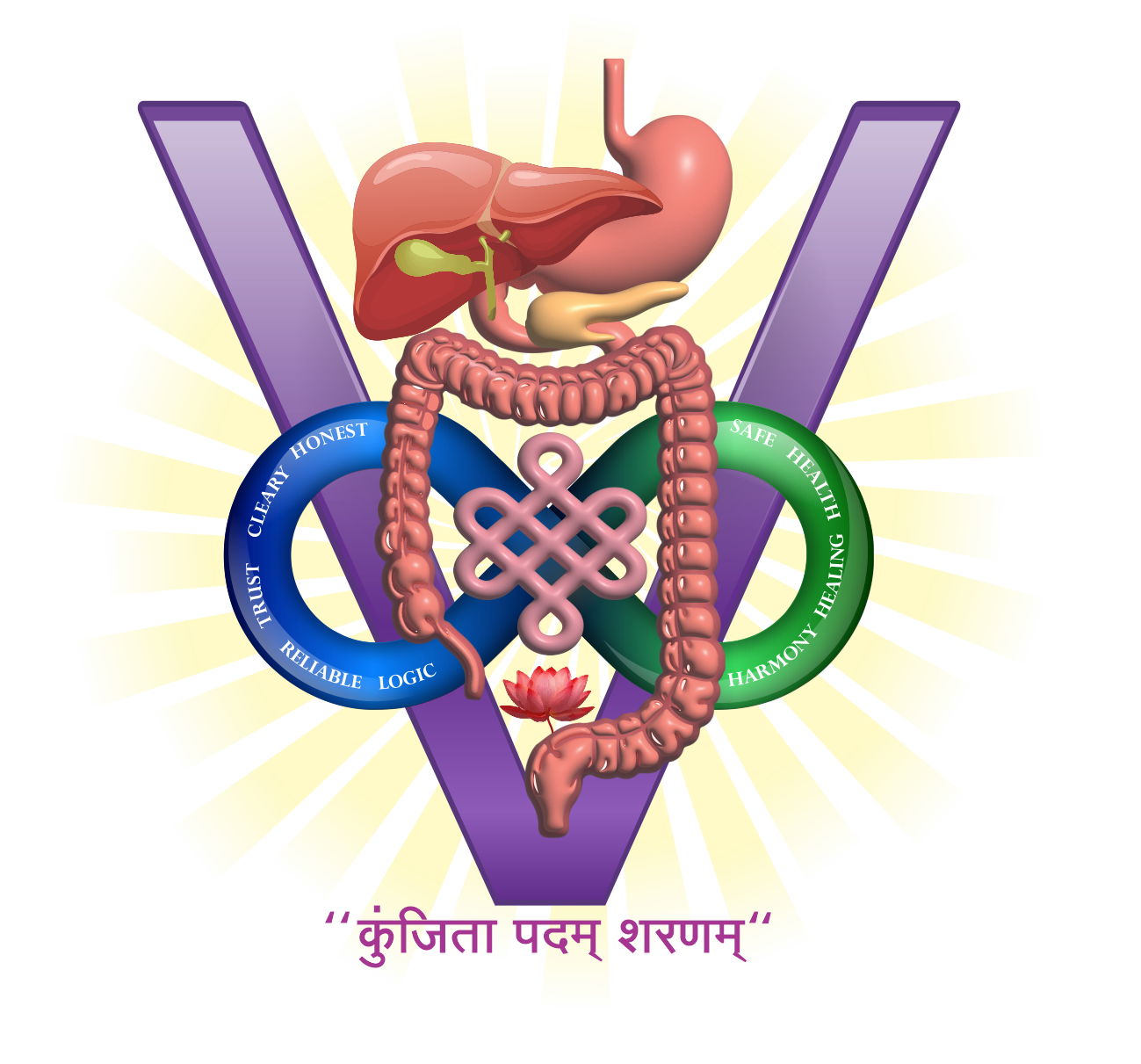STOMACH AND DUODENUM
Stomach and Duodenum
The duodenum is the first part of the small intestine. It is located between the stomach and the middle part of the small intestine, or jejunum. After foods mix with stomach acid, they move into the duodenum, where they mix with bile from the gallbladder and digestive juices from the pancreas.
The stomach is a J-shaped sac connecting the esophagus above and the small intestine below. The first part of the small intestine is known as the duodenum. The stomach varies considerably in size, shape and position but lies in the upper central part of the abdomen behind the lower ribs. Although it is a single organ, several different parts of the stomach exist: the fundus, body, antrum and pylorus. Food passes through the pylorus and into the duodenum where further digestion occurs.
The stomach is a J-shaped sac connecting the esophagus above and the small intestine below. The first part of the small intestine is known as the duodenum. The stomach varies considerably in size, shape and position but lies in the upper central part of the abdomen behind the lower ribs. Although it is a single organ, several different parts of the stomach exist: the fundus, body, antrum and pylorus. Food passes through the pylorus and into the duodenum where further digestion occurs.

The stomach wall is composed of four layers. The inner lining (mucosa) consists of millions of microscopic glands which secrete gastric juices. Beneath this is a supporting layer (submucosa) and beneath this is the muscle layer. This is responsible for stomach contractions and emptying. Finally there is a thin outer covering known as the serosa.
The stomach and duodenum have a rich blood supply, derived from the aorta (the main artery in the body) and are also supplied by nerves from the spinal cord.

